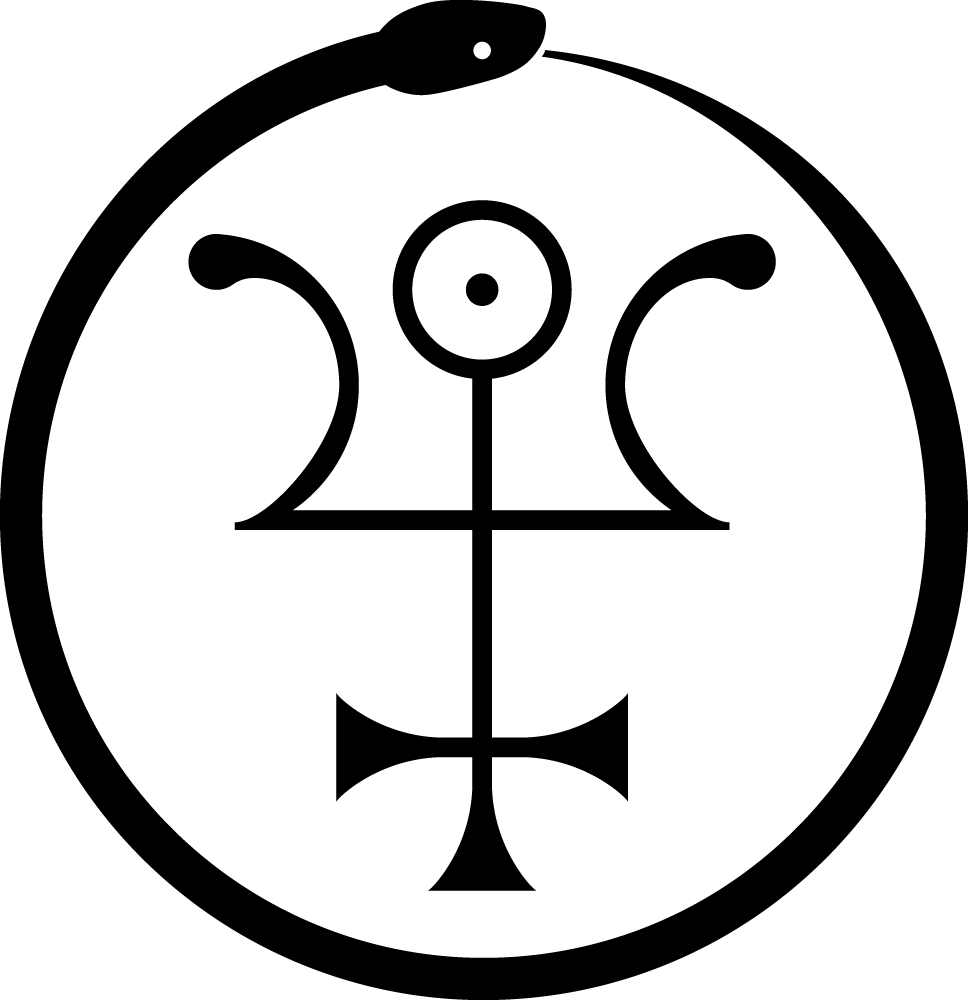(c. 1817 – 1890 e.v.)
by T. Apiryon
Author of The Rosicrucians, Their Rites and Mysteries (1870), which is included in Section 2 of the A:. A:. reading list.
By profession, Jennings was the secretary to Col. Mapleson, the operatic manager. He was a correspondent of Bulwer-Lytton, a student of the writings of Jacob Boehme, Robert Fludd, Richard Payne Knight, Godfrey Higgins, J.G.R. Forlong, Henry O’Brien and Thomas Inman, and was active in the Rosicrucian revival of the late 19th century e.v. He was also one of the earliest popular apologists for Buddhism (or “Bhuddism” as he always spelled it).
The theory of Rosicrucianism set forth in The Rosicrucians revolves around a belief that all religions originated in the primitive worship of the principle of Light or Fire as the animating force of the universe, which is represented by the sun in the heavens and by the phallus in the physical world. Sir Edward Bulwer-Lytton told Jennings that “…no better book upon such a theme has been written, or indeed could be written unless a member of the Fraternity were to break the vow which enjoins him to secrecy…” Unfortunately, Bulwer’s esteem for the work was not shared by the critics in the press, or by such conventional occultist reviewers as A.E. Waite, who belittled its difficult style and rather careless scholarship and professed horror over its “indecency.”
Jennings seems to have become a member of some branch of the Rosicrucian Order around 1860 e.v. (possibly at the hand of Kenneth R. H. McKenzie), and appears to have initiated Paschal Beverly Randolph (1825-1875) into the same Order. Randolph was a noted medium, healer, occultist and author of his day, and counted among his other personal friends Abraham Lincoln, Kenneth R. H. McKenzie, Eliphas Lévi, Napoleon III, Edward Bulwer-Lytton, and General Ethan Allen Hitchcock. Randolph later founded one of the more well-known branches of the Rosicrucian Order in America. Randolph’s Order claimed descent from the Rosicrucian Order (by charter of the “Supreme Grand Lodge of France”), and taught spiritual healing, western occultism and principals of race regeneration through the spirtualization of sex. Randolph referred to Jennings as “the chief Rosicrucian of all England,” and quoted extensively from Jennings’s works.
Jennings also served as one of the mentors of Peter Davidson (1842-1916), frontal chief of the Hermetic Brotherhood of Luxor (H.B. of L.) The Hermetic Brotherhood was a mystical society which surfaced publicly in England in 1884 under the auspices of Max Theon (AKA Louis-Maximilian Bimstein, 1850-1927). The origins of the H.B. of L. are unclear, but there is some evidence linking it with the Brotherhood of Luxor, which was involved in the founding of the Theosophical Society; with the 18th century German Rosicrucian splinter group known as the Fratres Lucis; and with the latter’s 19th century English spiritualist namesake. Born in Poland, Theon travelled widely in his youth. In Cairo, he became a student of a Coptic magician named Paulos Metamon. According to Davidson, he came to England in 1870, where he and Davidson established an “Outer Circle” of the H.B. of L. They were joined in 1883 by Thomas H. Burgoyne (AKA Thomas Dalton, 1855-1895), who later wrote a book summarizing the basic teachings of the H.B. of L., titled The Light of Egypt. The function of this “Outer Circle” of the H.B. of L. was to offer a correspondence course on practical occultism; which set it apart from the Theosophical Society. Its curriculum included a number of selections from the writings of Hargrave Jennings and P.B. Randolph.
Jennings’s other works include: Indian Religions, or Results of the Mysterious Buddhism (1858), Curious Things of the Outside World: Last Fire (1861), Live Lights and Dead Lights (1873), One of the Thirty, a Strange History (1873), The Obelisk: Notices of the Origin, Purpose and History of Obelisks (1877), Childishness and Brutality of the Time (1883), Phallicism, Celestial and Terrestrial, Heathen and Christian (1884), and Charon: Sermons from the Styx: a Posthumous Work by Frederick the Great (1886). He also edited and introduced an edition of “The Divine Pymander of Hermes Mercurius Trismegistus” in 1884.
References:
Allibone, S. Austin; Allibone’s Dictionary of English Literature and British & American Authors, J.B. Lippincott & Co., Philadelphia 1871
Godwin, Joscelyn; “The Brotherhood of Light” in Theosophical History, Vol. III, No. 3, July 1990
Godwin, Joscelyn; “The Parting of East and West” in Theosophical History, Vol. III, No. 4, Oct. 1990
Godwin, Joscelyn; “The Hermetic Brotherhood of Luxor” in Theosophical History, Vol. III, No. 5, Jan. 1991
Godwin, Joscelyn; “Hargrave Jennings” in The Hermetic Journal, edited by Adam McLean, Oxford 1991
Godwin, Joscelyn; The Theosophical Enlightenment, SUNY Press, Albany 1994
McIntosh, Christopher; The Rosicrucians, the History and Mythology of an Occult Order, Crucible, Wellingborough 1987
Randolph, Paschal Beverly; Seership, Guide to Soul Sight, The Confederation of Initiates, Quakertown, PA 1930
Original Publication Date: 1995
Update: 2/1/97
Originally published in Red Flame No. 2 – Mystery of Mystery: A Primer of Thelemic Ecclesiastical Gnosticism by Tau Apiryon and Helena; Berkeley, CA 1995 e.v.
